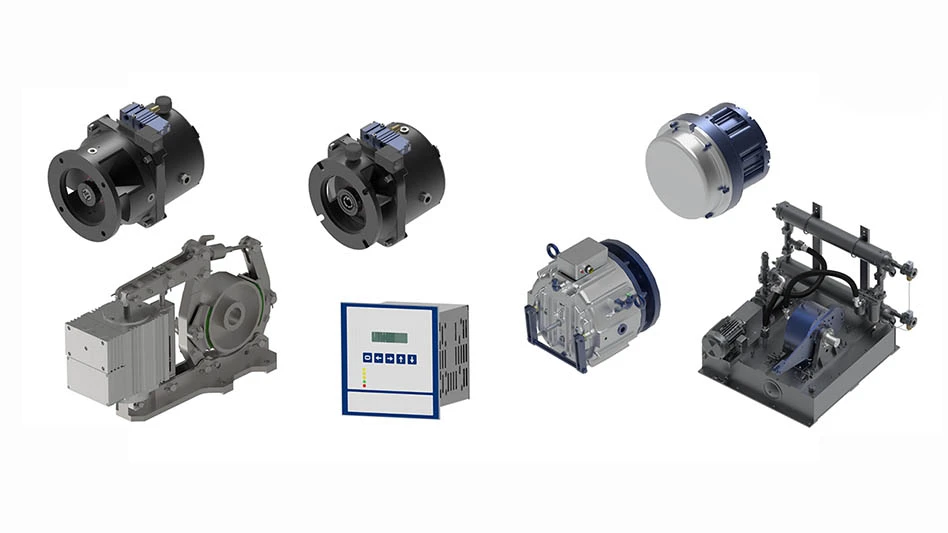
Toulouse, France – While the use of carbon-fiber reinforced plastic (CFRP) has become a mainstay in aircraft production, many are unaware that there is more than one type that can be leveraged. In its continuing role as an innovation and environmental leader, Airbus is working to take maximum benefit of thermoplastic CFRP material – which holds several key advantages over the thermoset-type CFRP that is more commonly used across the air transport sector, including its 100% recyclability.
CFRP materials – both thermoplastic and thermoset – are created when thousands of carbon filament threads are bundled together before being combined with a matrix to form a composite material. A ply or layer is made to the specified size and orientation, and then more layers are added until the piece has the necessary properties to support the loads it will carry. The resulting material is composed of approximately 60% fibers and 40% resin.
Jean-Florent Lamèthe, an engineer from Airbus’ Materials and Processes team, explained that thermoplastic CFRP has excellent fatigue and damage tolerance properties, along with shorter manufacturing cycles and lower moisture absorption. It can even be welded, which cannot be done with thermoset-type CFRP.
The key difference between thermoplastic and thermoset CFRP, according to Lamèthe, is what happens during their individual curing processes. "When you put 'raw' thermoset material into an autoclave and 'cook' it, there's a chemical reaction – the actual chemical composition of the material changes,” he said. “With thermoplastic composites, you can melt a finished piece and reshape it and it still has the same chemical composition."
"This difference makes thermoplastic composites very attractive. Why? Because Airbus and its suppliers produce literally hundreds of tonnes of scrap thermoplastic composites each year,” added Gael Sarrieu, also of the company’s Materials and Processes team.
“With thermoset, you would need to burn the resin, and all you end up with are the fibers – the remaining 40% (the resin) is lost,” he said. “But with thermoplastic composites, the scrap produces the same amount of recycled material, which could be used in a variety of structural and interior applications.”
Unlike thermoset CFRP, thermoplastic-type composites also do not require curing in an autoclave and can be stored at ambient temperature without need of a freezer and humidity- and temperature-controlled room – equating to significant reductions in energy costs.
Thermoset composites have become more prevalent in the air transport sector over the years because it is perceived – sometimes incorrectly, according to Sarrieu – to be cheaper.
"There are many suppliers of thermoset, so that drove down the cost. But now, there are more and more thermoplastic composites manufacturers entering the market, so prices are coming down,” he added. “Still, even before the A350 XWB, Airbus had more than 1,500 reference parts made from thermoplastic composites and its use will continue to grow."
Source: Airbus
Latest from Aerospace Manufacturing and Design
- Deutsche Aircraft rolls out D328eco test aircraft
- Laser drilling DrillOptimizer for galvo scanner systems
- #64 - Manufacturing Matters: Automation offerings with Visual Components
- Is your shopfloor connected? The importance of Industry 4.0 in manufacturing
- Reduce setup time & maintain high accuracy
- Take a lunch break, expand your manufacturing knowledge
- NCDMM partners with Kent State University
- Indexable inserts for shoulder, face, high-feed, profile, copy and slot milling





